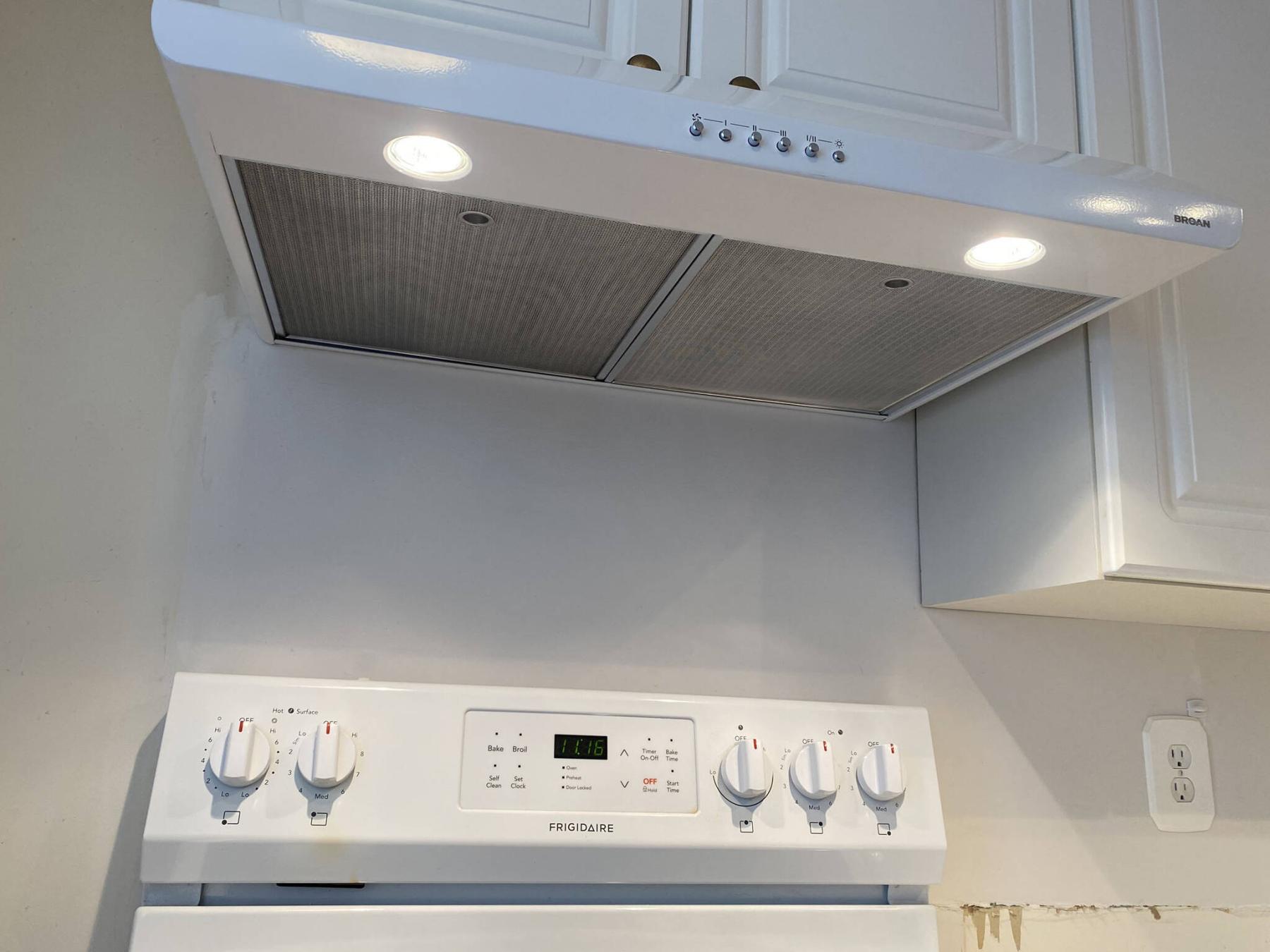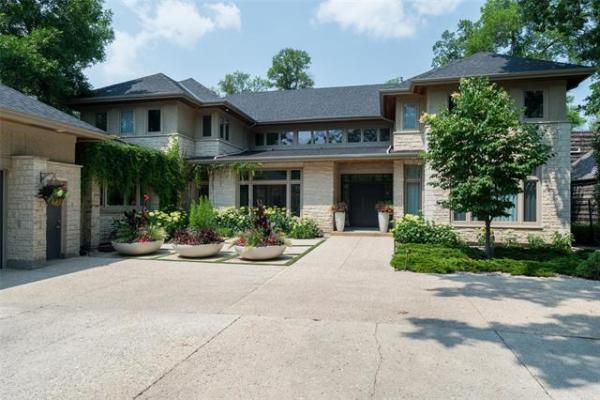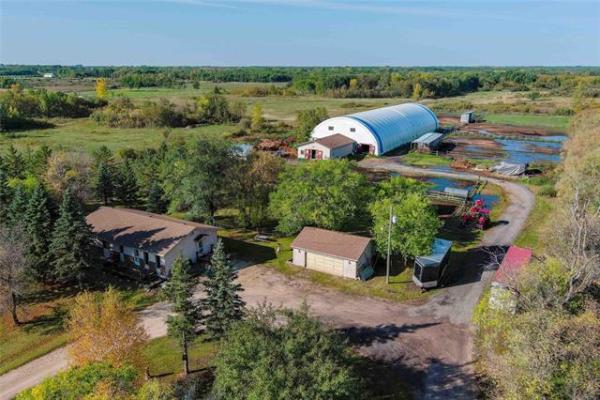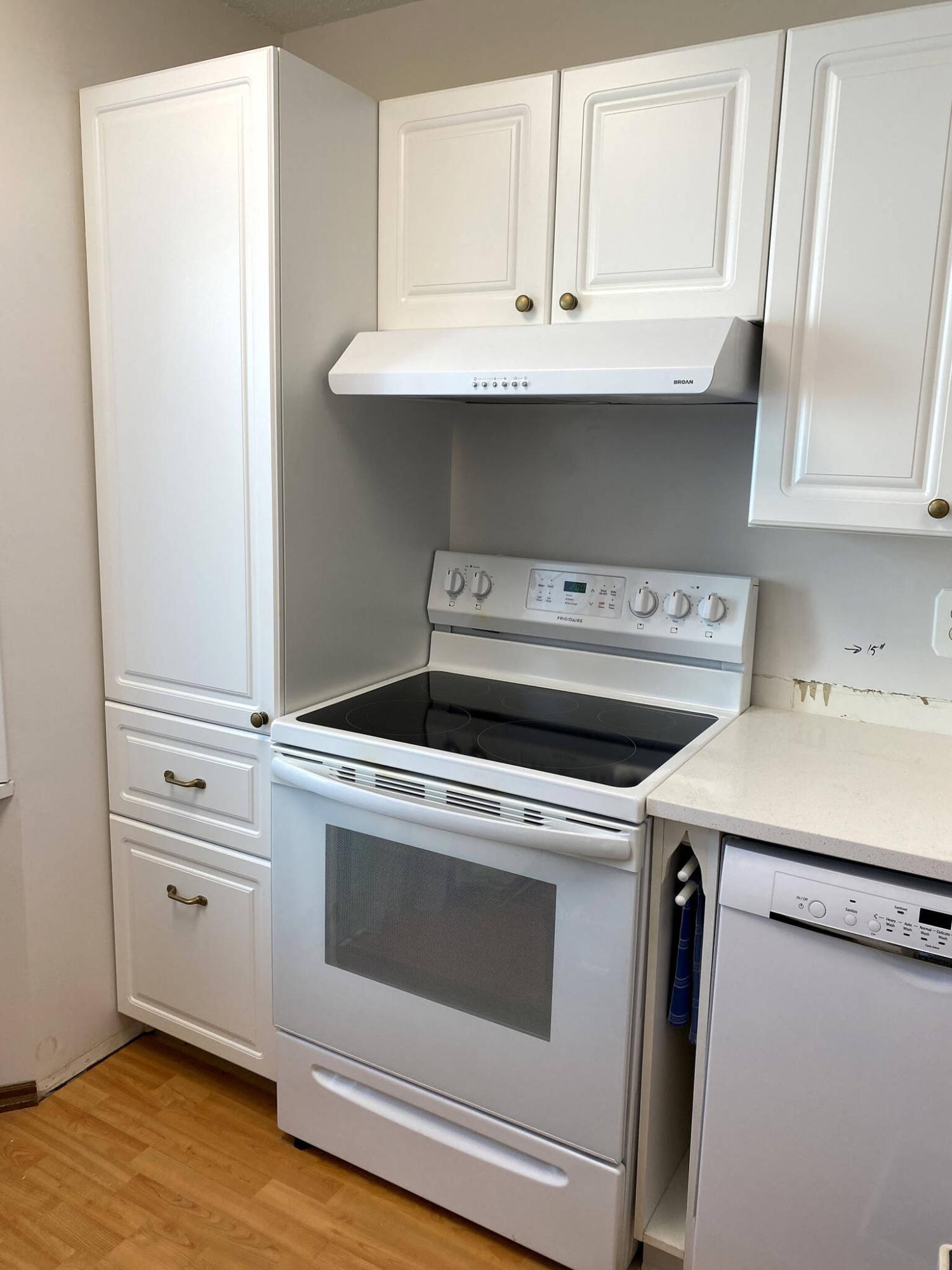
MARC LABOSSIERE / FREE PRESS
The LED lights of the new range hood offer much better illumination, even on the lower setting.
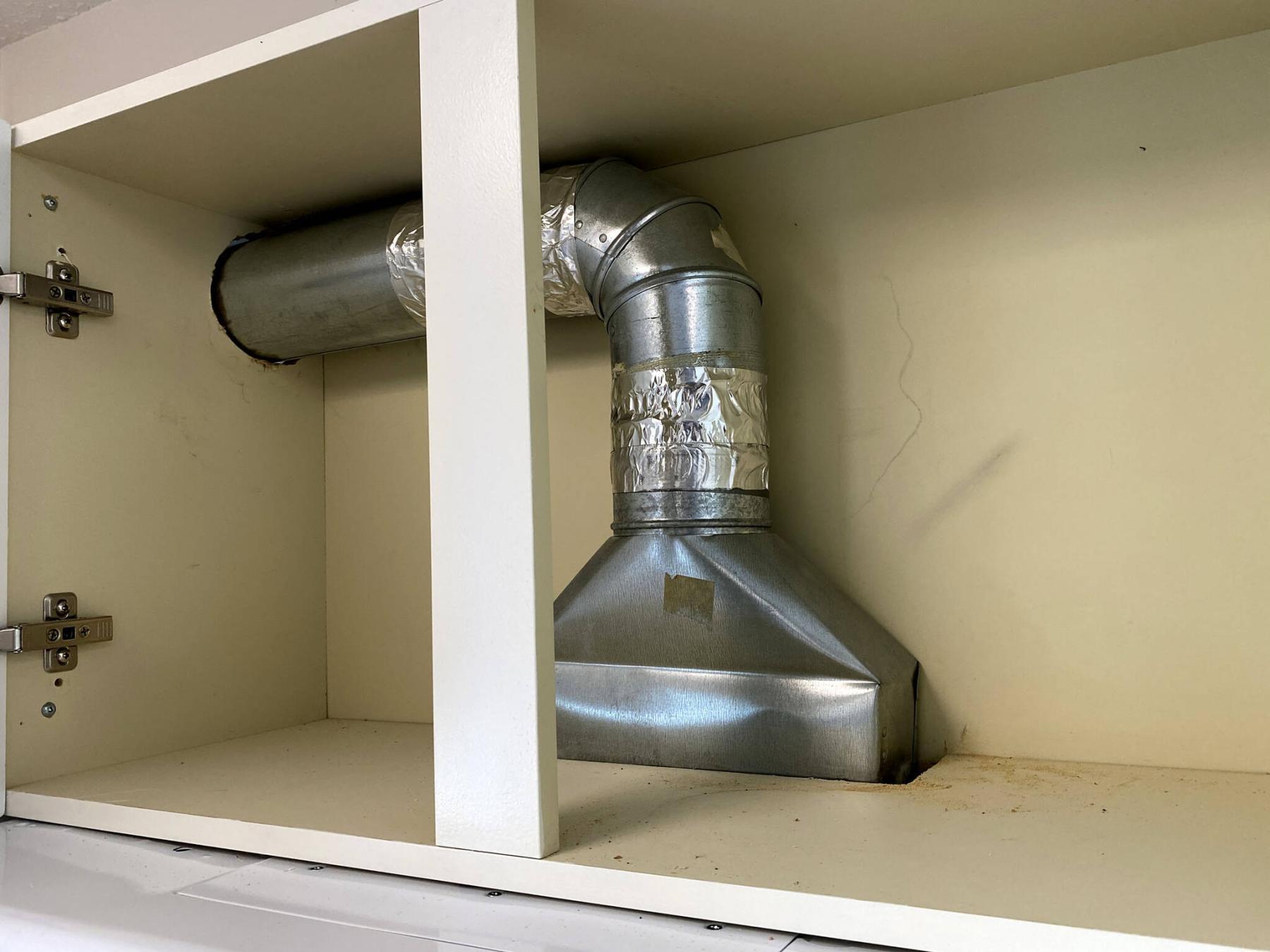
MARC LABOSSIERE / FREE PRESS
Once the new range hood is mounted, the duct boot is reattached to the hood flange and the four-inch leg that leads outside.
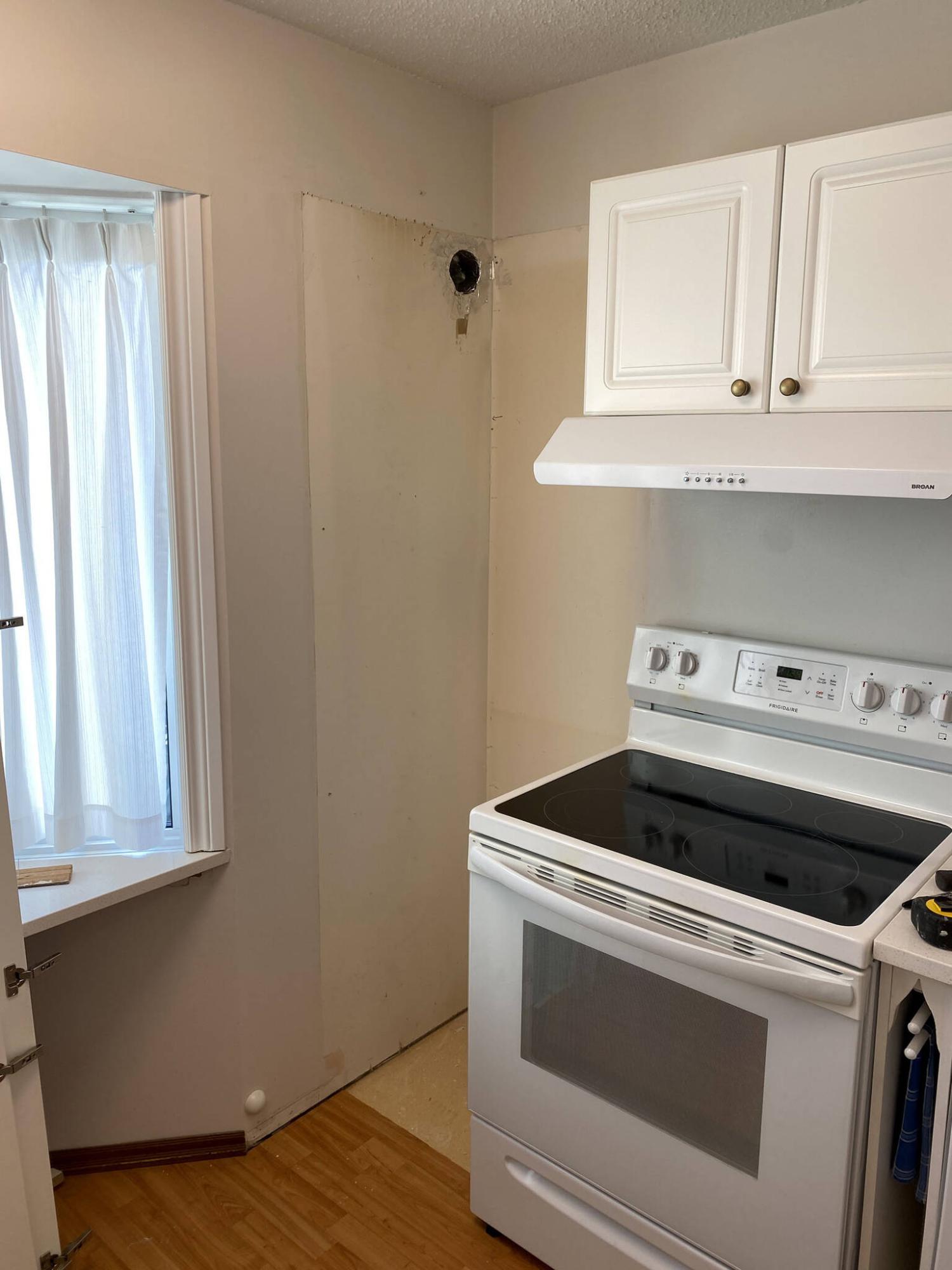
MARC LABOSSIERE / FREE PRESS
An old vertical cabinet was replaced at the same time as the range hood.
Whether it looks dated or has simply begun to lose its ability to properly vent, a range hood will surely require replacement at some point during the span of a kitchen’s lifetime.
Fortunately, the process to upgrade a range hood can be fairly straightforward, as the majority are of standard size and power requirements. The manner in which the hood vents, however, can lead to complexity.
I never understood why, if a range hood has been installed in a kitchen above the stove, some hoods have been mounted to simply recycle air within the space. Isn’t the primary purpose of the range hood to vent humidity and smoke from cooking to the exterior? A recent kitchen upgrade did require a range hood swap and, fortunately, the existing hood did indeed vent outside, which greatly facilitates the replacement process.
In this instance, the ventilation ductwork stems from the top of the range hood, breaching the bottom of the cabinets above the stove, making a right-angle shift to the left toward the exterior wall of the kitchen. This may not be the case in all kitchens. Sometimes, the vent flange protrudes from the back of the hood, when the back wall of the kitchen is an exterior wall. And in some cases, when the kitchen placement within a home is central within the floor plan, it’s necessary to bring the ducting up from the hood through the upper cabinets and into the attic, which is then directed through a roof vent or off to the side through a gable vent. Luckily, the existing ductwork in the kitchen upgrade at hand could be easily adapted to the new range hood and it was already in place.
The slight curveball in this particular range hood upgrade involved the vertical cabinet to the left of the stove — it was being replaced with one that better suited the homeowners’ needs, with lower pullout drawers in lieu of cabinet doors. This cabinet swap required the temporary dismantling of the existing range hood ductwork, to allow the installation of the new vertical cabinet.
As such, both swaps were tackled at the same time.
With the electrical circuit for the range hood shut off, the old hood was dismounted from the bottom side of the upper cabinet and the electrical wires were cut and temporarily capped. The ductwork within the upper cabinets was removed, including the long leg that runs through the high compartment of the vertical cabinet left of the stove. The old vertical cabinet was then completely removed.
With the area now prepped for the introduction of the new upright cabinet, five-inch diameter holes were drilled through both sides of the new upper cabinet for the long duct, before it was set into position and secured to both the back wall and the adjacent upper cabinets. Fully secured, the long leg of the ducting was then re-inserted into the wall opening that leads to the exterior vent cap, protruding slightly into the upper cabinets above the stove.
With the ductwork re-introduced and ready for tie-in, the top of the new range hood was prepped with the topside duct flange. The electrical was then tied into the new hood, and the hood itself was mounted to the underside of the upper cabinets using four screws. Once the circuit was re-engaged, the range hood was thoroughly tested. The ducting boot was then repositioned atop the range hood flange, which breaches the bottom of the upper cabinets and the four-inch duct is tied into the previously mounted long leg that runs through the upright cabinet. Self-tapping screws are used to ensure all duct fittings are secured, and foil tape seals the seams.
The new range hood offers two light intensity settings and three fan velocity options. The homeowner immediately commented on how well the new range hood lights up the cooktop below it. And the fan apparently, runs much quieter than the old, even on the highest setting.
Although the improvements in functionality will no doubt be greatly appreciated, it’s the look of the new hood that better caters to the other updates in this kitchen facelift.
RenoBoss.Inc@outlook.com

